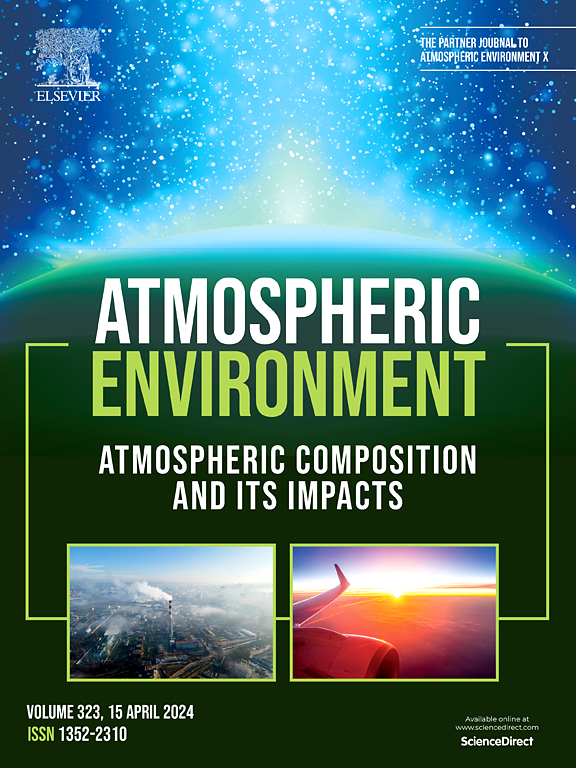Hourly estimation of black carbon in China based on sparse observation data and stacking model
IF 4.2
2区 环境科学与生态学
Q2 ENVIRONMENTAL SCIENCES
引用次数: 0
Abstract
Black carbon (BC) is a highly absorbent aerosol that significantly impacts regional air quality, public health, and global climate change. In this study, we develop a machine learning-based stacking model to estimate hourly BC in China, using observational data from 36 BC sites of the China Atmosphere Watch Network (CAWNET) from 2020 to 2023. The stacking model shows strong robustness and high accuracy nationwide, achieving a Pearson correlation coefficient (R) of 0.79 and a root mean square error (RMSE) of 0.60 μg/m3. Compared to Tracking Air Pollution in China (TAP), the stacking model reduces bias by 33.8% in urban areas and 56.9% in rural areas. According to this model, the urban BC concentration is 48.5% higher than that in rural areas across China. North China Plain, Central China, and the Sichuan Basin continue to be the regions with the highest BC concentrations in China, with average concentrations of 1.73 ± 0.66 μg/m3, 1.61 ± 0.55 μg/m3, and 1.71 ± 0.58 μg/m3, respectively, from 2020 to 2023. During the COVID-19, urban areas experienced a consistent decline in BC concentrations from 2020 to 2022, followed by a rebound in 2023 (rural areas rebound in early 2022). Our research highlights that these high-quality hourly estimated BC concentrations can reveal pollution distribution patterns in both urban and rural areas, as well as during specific time periods, thereby providing crucial support for developing more accurate and effective emission reduction strategies, improving air quality, mitigating climate change, and protecting public health.

求助全文
约1分钟内获得全文
求助全文
来源期刊

Atmospheric Environment
环境科学-环境科学
CiteScore
9.40
自引率
8.00%
发文量
458
审稿时长
53 days
期刊介绍:
Atmospheric Environment has an open access mirror journal Atmospheric Environment: X, sharing the same aims and scope, editorial team, submission system and rigorous peer review.
Atmospheric Environment is the international journal for scientists in different disciplines related to atmospheric composition and its impacts. The journal publishes scientific articles with atmospheric relevance of emissions and depositions of gaseous and particulate compounds, chemical processes and physical effects in the atmosphere, as well as impacts of the changing atmospheric composition on human health, air quality, climate change, and ecosystems.
 求助内容:
求助内容: 应助结果提醒方式:
应助结果提醒方式:


